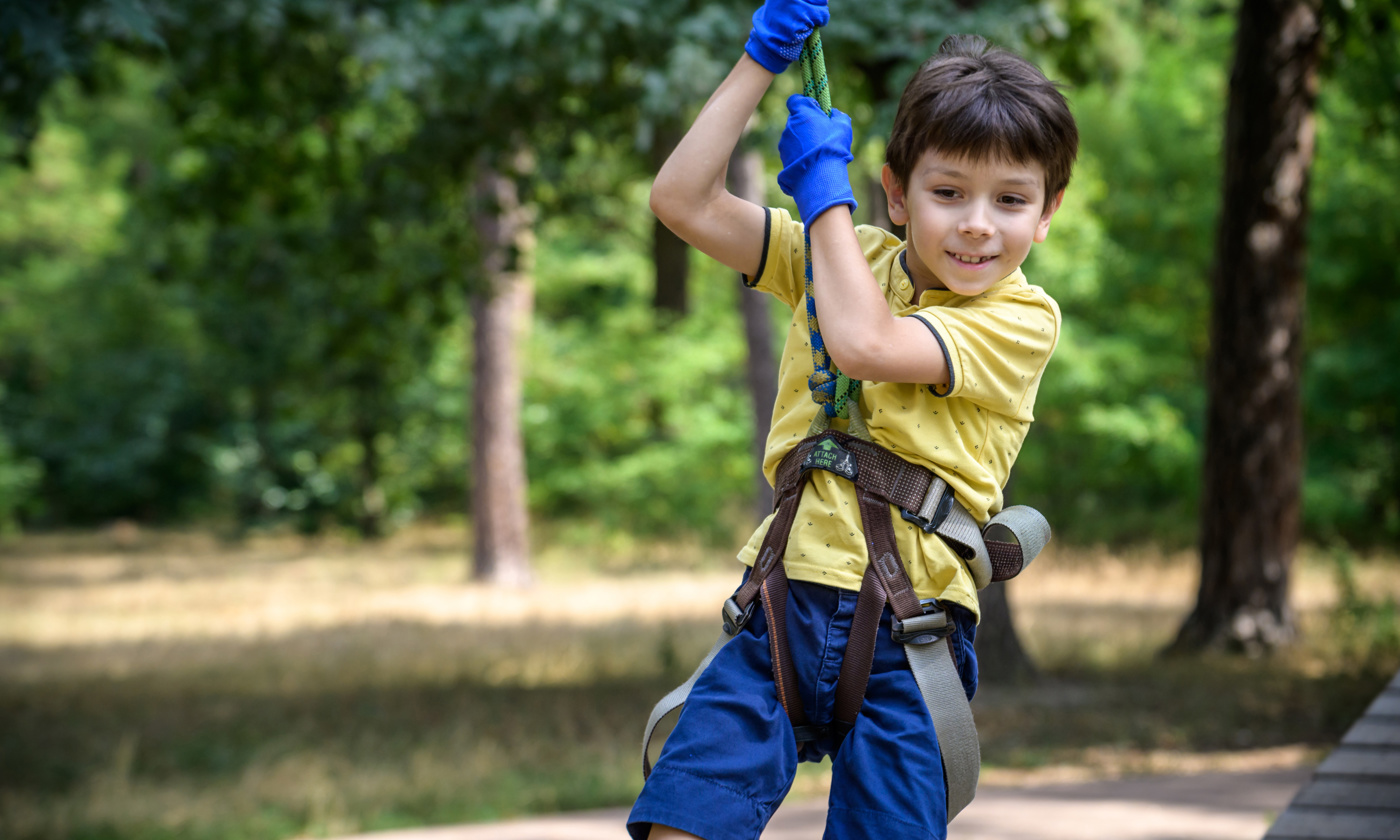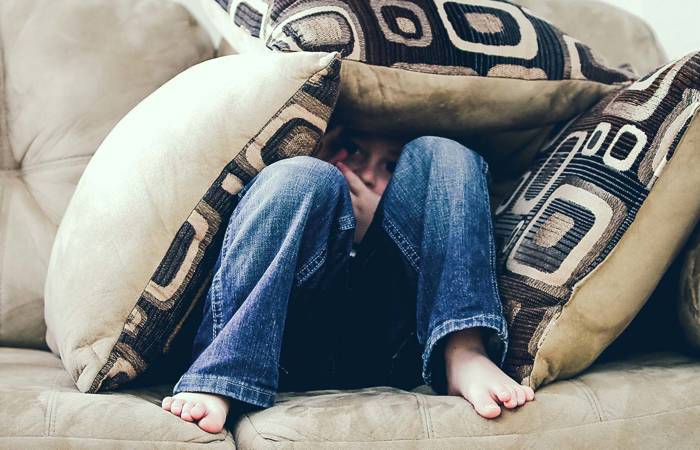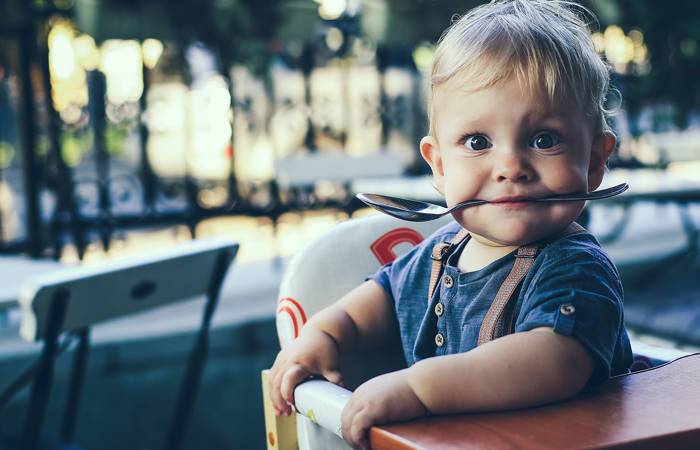Like what you see?
Sign up to receive more free parenting advice.
Thank you for subscribing to our newsletter!
Child Development

Credit: iStock.com/Pahis
Teaching the skills of courage and resilience, not only reduces anxiety now, but can have life-long mental health benefits.
There is a long-held belief that children are resilient. And while this may be true, Dr Kathryn Hackman, founder of Courageous Kids explains that children still need age-appropriate tools to develop their courage and resilience.
Courage is bravery in the face of fearDr Kathryn Hackman, founder of Courageous Kids
“It’s not about walking into an unfamiliar situation with confidence, it’s about overcoming those feelings of anxiety to have a go.
“Once a child has tried that unfamiliar situation, and others, and had many little wins, which have been acknowledged and celebrated, they build up their courage to take on the next obstacle, knowing that they can do the hard stuff.
“The more successful experiences they have, and the more support they receive when things get bumpy, the better they can recover from the occasional setback. This is what builds resilience.
“Both skills need to be taught and practised regularly.”
In Australian Institute of Health and Welfare's (AIHW) latest report on the health of Australian children, anxiety is the most common health burden for girls between five and 14 years old, and the second most common in boys (behind asthma).
“Anxiety is more common than we realise, but to acknowledge that children can have mental health issues, including anxiety, may make us adults feel uncomfortable,” says Dr Hackman.
“Parents don’t always feel confident about having conversations with their child about “negative” or “difficult” emotions.
“They may be worried that they are going to make things worse, or just not have had the experience of having their own emotions discussed and validated when they were young.”
She explains that separation anxiety is the most common type of anxiety for young children.
“Even for children who are normally risk takers, there is something very different about taking physical risks, like leaping from the top of the playground equipment with your parents nearby, and saying goodbye to those same parents,” she adds.
“For most children, it’s about feeling confident to separate from their parents, knowing both that mum or dad will return, and that they will be safe, and understood, in the care of a new person, like a teacher.”
The power of courage
To build courage in your children, break down hard activities into achievable steps, allowing your child to experience success often. This helps develop the self-knowledge that they can give things a go.
But courage doesn’t just help in the moment. It has long term benefits.
“We like to think that anxiety is a phase, but, especially for those with more severe anxiety, it’s probably not,” Dr Hackman says.
“Children who feel anxious can grow into anxious teenagers, and this anxiety can persist into adulthood.
“Whatever we can do to reduce or prevent anxiety early, is very important.”
Anxiety also negatively impacts a student’s learning ability according to a 2017 paper which recognised connectedness and engagement with school as important predictors of academic performance and a student’s emotional wellbeing.
More than a quarter of children with mental health disorders reported reduced connectedness and a third reported they didn’t experience good engagement with school.
Using courage to get through the anxiety
With separation anxiety being the most common type of anxiety in young children, the first day of daycare, preschool or “big” school can sometimes be overwhelming.
“You want your child’s first experience of the education system to be a positive one,” says Dr Hackman.
“That is why I developed the Courageous Kids app, to empower parents to emotionally equip their children for that big first day.
“Parents need effective tools to help them set their child up for success.”
Two effective strategies are visual plans and social stories.
Visual plans are image-based plans to help children, particularly those who can’t read yet, know what is happening next.
“Having plans creates a sense of control and reduces anxiety,” Dr Hackman explains.
“For a child to be able to independently check in, without having to ask anyone what’s happening next, provides them with the ability to give themself reassurance.”
Within the app, you can either create visual plans from scratch or use one of the templates.
Social stories explain what will happen or reflect on events, and are most effective when they are personalised.
“Children love personalised stories,” says Dr Hackman.
“The stories allow children to imagine themselves in a new environment, from the safety of their parent’s lap.
“This helps them to think about new situations and talk about their worries.”
The Courageous Kids app has stories to cover a multitude of social situations, from starting preschool and school, to going to a birthday party, to going to the dentist. All stories can be personalised, including opting for personalised illustrations or inserting photos.
“Some parents are very comfortable having discussions about worries and anxiety with their children, and others prefer guidance," adds Dr Hackman.
"It’s about creating space to have those, potentially tricky, conversations with your child, to make the unfamiliar less worrisome, to give your child the courage to try new experiences and to celebrate and acknowledge their efforts so they feel they can do anything.”
Dr Hackman’s strategies for a tear-free first day:
- Visit the early learning centre, preschool or school as often as you can – even if the first visit is the school car park, then the school gate, then the playground. Small, achievable goals.
- Help the child understand that their school is part of their family’s world – give them a sense of where it is in relation to home or your work. If possible, walk or drive by it often and point it out each time.
- During orientations take many photos of the child in their new environment – the classroom, playground, teacher, uniform, etc. These photos can be added to a social story to personalise it.
- Start a calendar count down to their first day to encourage excitement.
- Involve your child and give them ownership – from getting them to choose their school bag, to helping you label their clothing.
- Talk to your child, step by step, about what will happen at drop off, during the day and at pick up. This helps to create a familiar plan and builds confidence.







